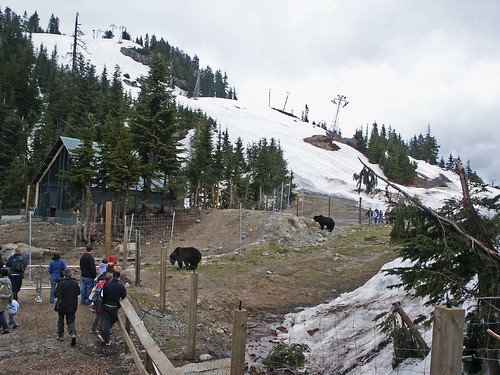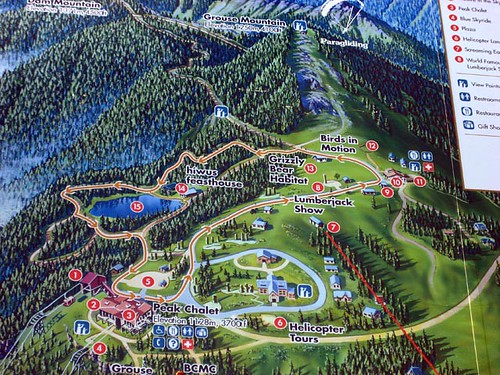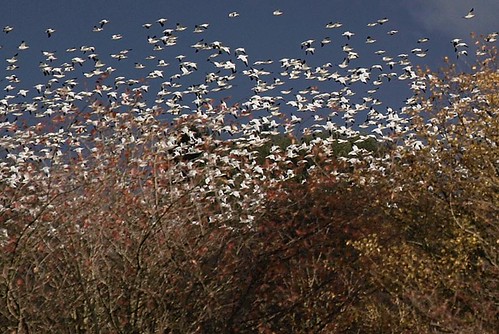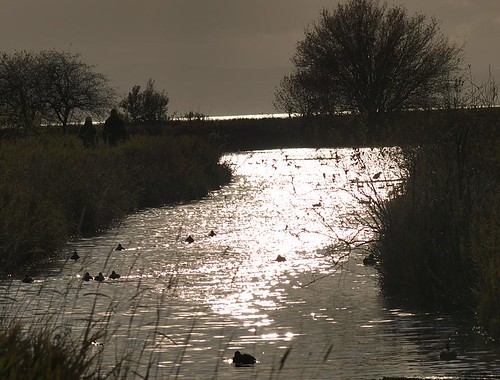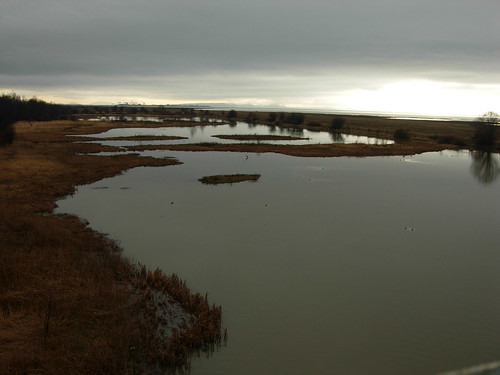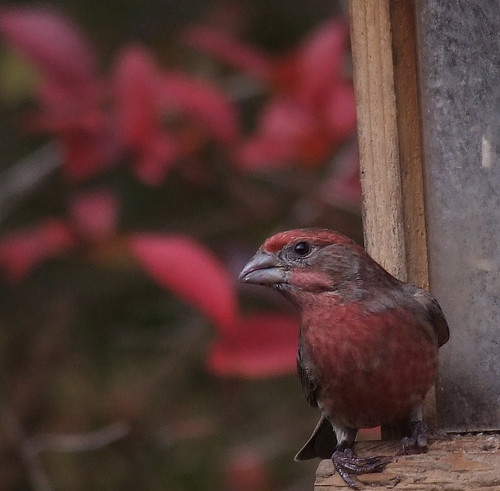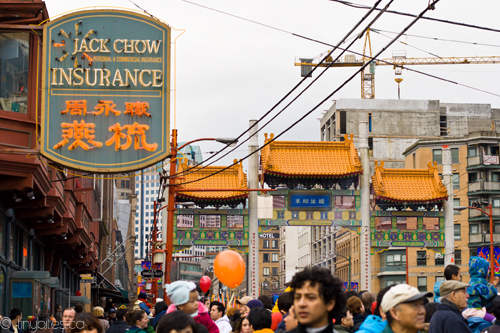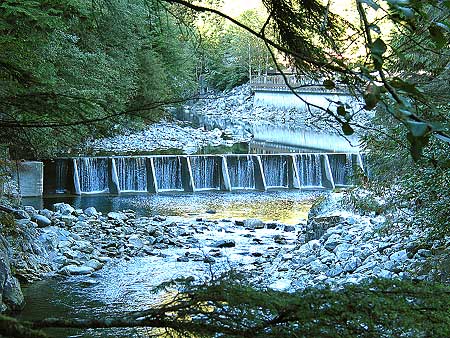Driving Directions:
Just off the shores of scenic Deep Cove in North Vancouver sits a large rocky outcrop known as Quarry Rock (also known as Grey Rock in some hiking books). A hiking trail which is also part of the easternmost section of the Baden Powell Trail, leads to this point offering scenic views of Indian Arm and the mountains around Belcarra.
The start of the Baden Powell Trail begins along Panorama Drive just beyond the park area. Look for the sign on the left side of the street and walk up the edge of the driveway towards the wooden steps. The first section of the trail climbs quickly up the set of stairs and then up and over the maze of tree roots.
The terrain is typical of North Shore hikes; densely wooded areas of Douglas Fir and Hemlock trees, small creeks from mountain runoff, and the smell of fresh forest air. Continue over the small wooden bridge as the trail begins to level.
After 30 minutes, the trail heads down towards a large wooden bridge. Cross the bridge and ascend up a set of wooden stairs on the other side. Another 10 minutes and you reach a fork in the trail where the left side goes up a steep embankment. Go right towards the clearing in the trees as the trail climbs up onto the solid rock. You have arrived at the Quarry Rock. Climb up to the highest point to check out the view before staking out a spot to sit and relax.
On a warm, clear day, one could sit for hours enjoying the tiny boats below and scenic surroundings off in the distance. When it comes time to return, head back towards the clearing and back along the trail as it weaves through the forest and back towards Deep Cove.
How to get to Quarry Rock
Estimated Driving Time from Vancouver: 30 minutes
Head eastbound towards Highway #1 (Trans Canada Highway) and enter the highway heading northbound. Cross the Iron Workers Memorial Bridge, also known as the Second Narrows. Take the third exit (Exit #22) after the bridge towards Mount Seymour Parkway. After exiting the highway, stay in the right lane and immediately turn right at the lights onto Mount Seymour Parkway. Follow Mount Seymour Parkway for 5km until a traffic light at the bottom of a steep hill. Turn left onto Deep Cove Road and drive for a few minutes towards the community of Deep Cove. At the 4-way stop, turn left onto Panorama Drive and park in the parking lot or along the street. The trailhead begins along Panorama Drive past the park.
View a map of Driving directions to Quarry Rock.
Additional Information
 Dogs at Quarry Rock
Dogs at Quarry Rock
Dogs are allowed to be off-leash but under control at all times.






